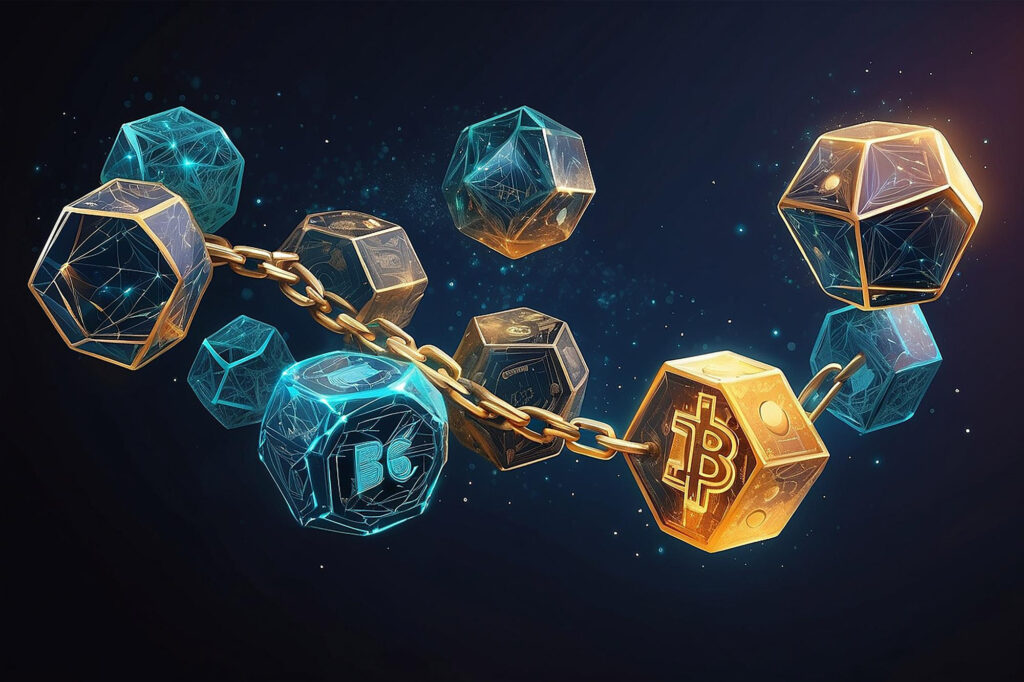Decentralized finance (DeFi) is no longer a niche sector—it is rapidly evolving into a fundamental pillar of the global financial system. By eliminating intermediaries such as banks and brokers, DeFi provides direct access to financial services, including lending, borrowing, and trading, without restrictions imposed by centralized institutions.
The Evolution of DeFi
The first wave of DeFi, led by platforms like Uniswap, Aave, and MakerDAO, proved that blockchain-based finance could be secure, efficient, and profitable. However, as the sector matures, new challenges and innovations are emerging:
- Institutional Adoption – Traditional financial players are entering the DeFi space, bringing more liquidity but also increasing regulatory scrutiny.
- Scalability & Efficiency – Layer-2 solutions and cross-chain integrations are addressing transaction speed and cost issues.
- DeFi 2.0 – The next-generation protocols focus on capital efficiency, sustainability, and improved governance models.
The Role of Stablecoins
Stablecoins have become the backbone of DeFi, enabling users to transact without being exposed to high volatility. However, the collapse of Terra’s UST in 2022 highlighted the risks of algorithmic stablecoins. In 2025, the demand for regulated and asset-backed stablecoins like USDC and DAI is growing, ensuring greater financial stability within the ecosystem.

DeFi’s Future Lies in Hybrid Models
As traditional and decentralized finance converge, we expect hybrid models where banks integrate blockchain technology while DeFi platforms enhance compliance measures. The next phase of DeFi will be about security, efficiency, and global adoption.




